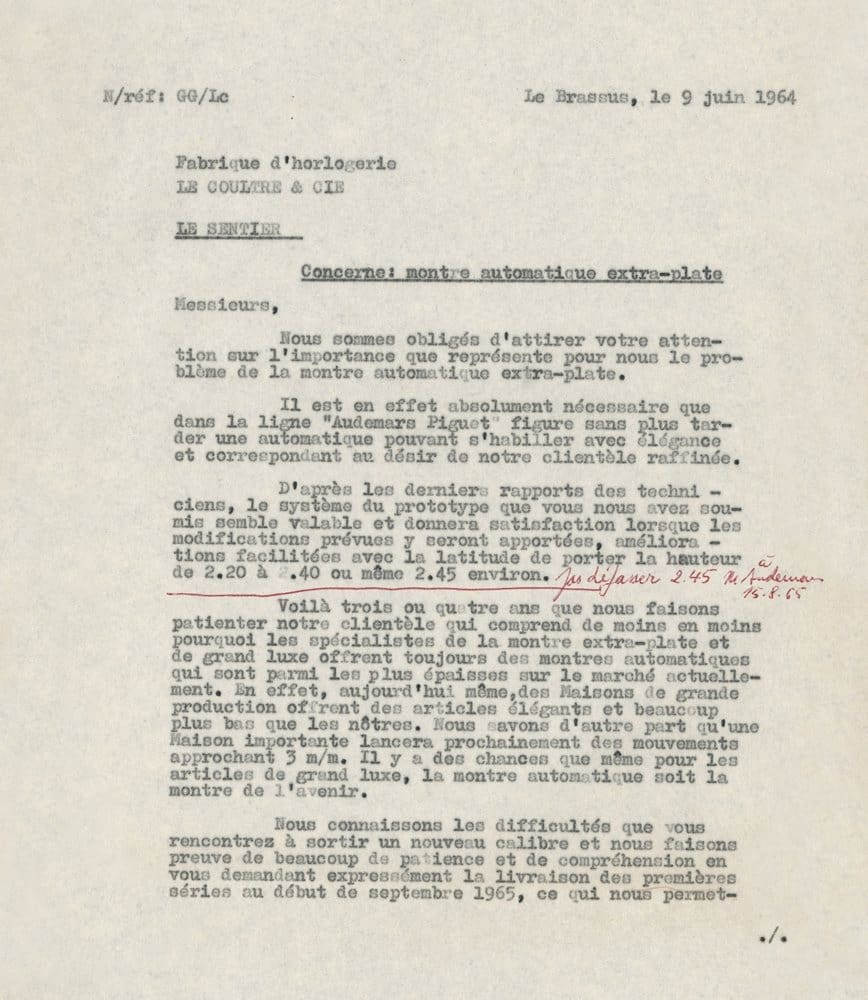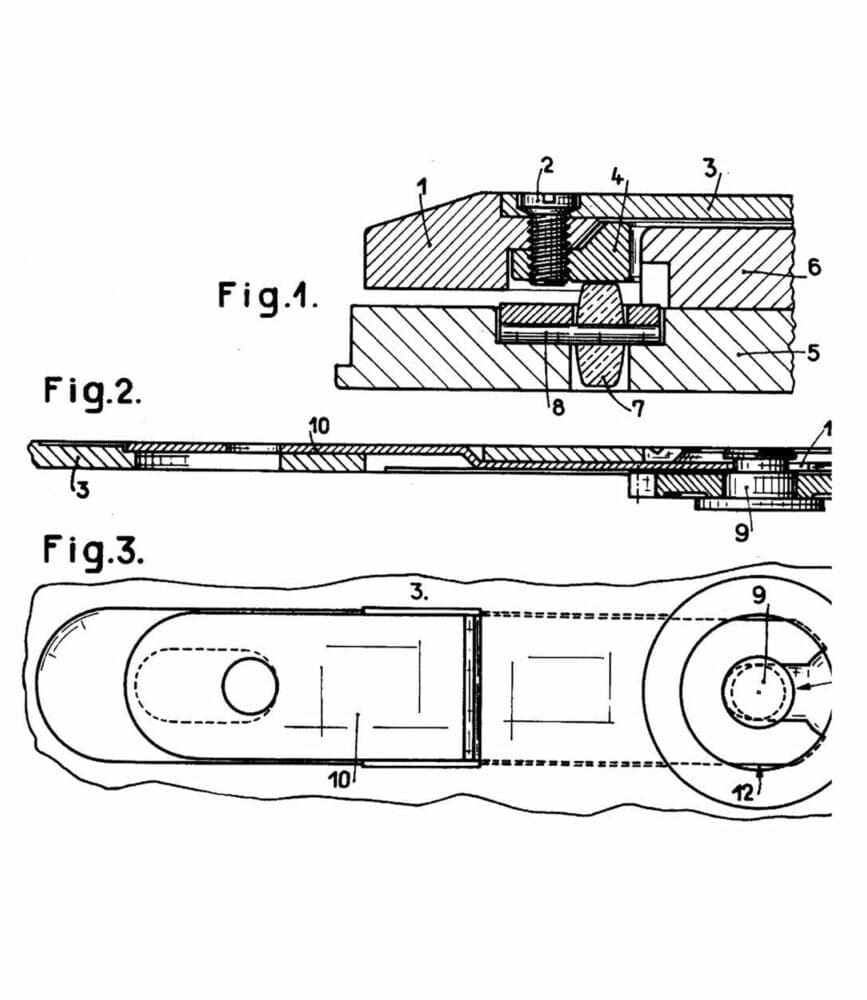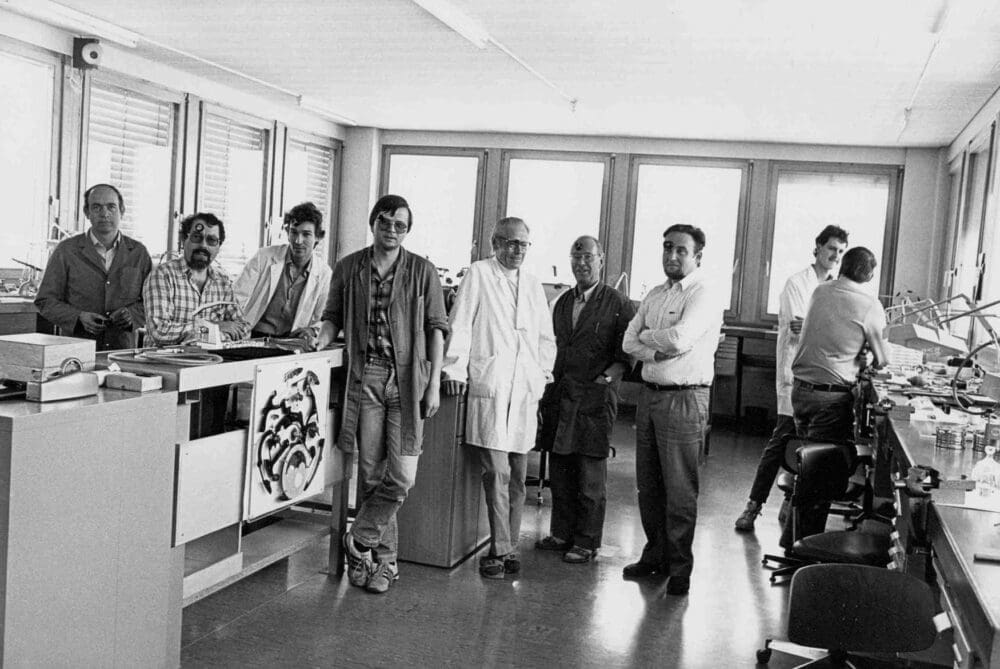The Audemars Piguet Skeleton BA4266P002 is an intriguing vintage piece that demonstrates the brand’s history and craftmanship
Mitchell BarberHumans are strange creatures. We flock to what’s “hot” and turn our noses up at what’s “not” in order to feel a part of something. It happens all the time. In fashion, in cars and most definitely in watches. We stick with the hits (even when we can’t buy them!) and ignore the rest. For once in our lives, let’s ignore that part of our brain that tells us to follow the flock and take a look at something truly interesting. Are you in?
Let’s talk about an Audemars Piguet you’ve never heard of
As I see it, an article breaking down this obscure, little known AP can take one of two routes—
1. How does this watch relate to the Royal Oak?
2. Why is this watch historically important to AP and the entire industry?
In my first outing as a contributor for Time & Tide, I’m going to take the path less travelled and go with number two. But I’ll add a sprinkling of number one because, well, nobody’s perfect!
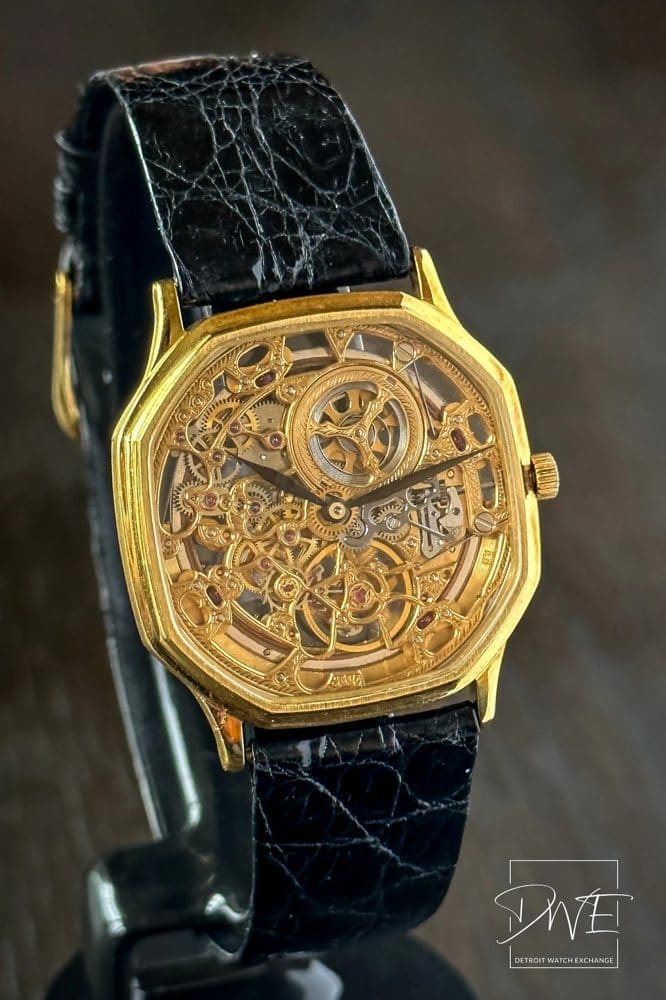
The BA4266P002, currently being sold by Detroit Watch Exchange, is an intriguing vintage piece and a really good example of Audemars Piguet’s history and craftsmanship.
The Audemars Piguet Skeleton BA4266P002
After the slow-burn success of the Royal Oak in the 1970s, Audemars Piguet started exploring how they could incorporate the iconic design of Gerald Genta into more of their collection. Looking at this 1985 piece, you can see the continuation of AP’s visual language with the octagonal case. The Skeleton BA4266P002 may very well be the genesis of the idea that the octagon isn’t just for the Royal Oak, something we can see today with the Code 11:59 and its octagonal mid-case. AP know how to play their hits.
This particular BA4266P002 is a rare bird to say the least and is one of just three examples to reach the market since 2012. The piece on offer here comes with its original strap, 18k gold pin buckle and complete set of box and papers – a combination that will surely make some watch collector very happy.
The Caliber 2120 is the most important movement in Audemars Piguet history
Big call, I know! Hear me out.
In a letter to LeCoultre & Cie (now Jaeger LeCoultre) written in 1964, Jacques-Louis Audemars (the grandson of the co-founder) wrote, “For the past three or four years, we have been keeping our customers waiting, and they are finding it increasingly hard to understand why the specialists in ultra-thin, high luxury watches are still offering self-winding watches that are among the thickest on the market!”.
I would have loved to have been a fly on the wall when he was penning this letter, I’m sure it was written with a firm hand.
In the ’60s, if you wanted a movement made, you went to JLC. The Caliber 2120 was launched in 1965, one year after Jacques-Louis sent his passive aggressive letter, as a joint effort between Audemars Piguet, LeCoultre & Cie, and Vacheron Constantin. It was a technical masterpiece and one of the most advanced self-winding, ultra-thin movements of the time.
The 2120 was used in the first Royal Oak which launched in 1972 and used in various iterations of the “Jumbo” up until 2021.
Ultra-thin and self-winding
One of the main innovations of the Caliber 2120 was its winding system. Allowing for durability while also being ultra-slim was no easy feat. In this case, the oscillating weight was supported on the periphery of the movement by four ruby rollers (See Fig 1 below). This system removed the need for the central pinion to support the entire rotor, contributing significantly to its thinness. There you go Mr Audemars, put down that pen, you’ve done it.
We can see this winding system on full display in the BA4266P002. The silver coloured “railway track” around the periphery of the movement indicates the path of the rollers. It’s made even more visible thanks to its stark contrast to the beautiful gilt bridges and fully openworked, gold rotor.
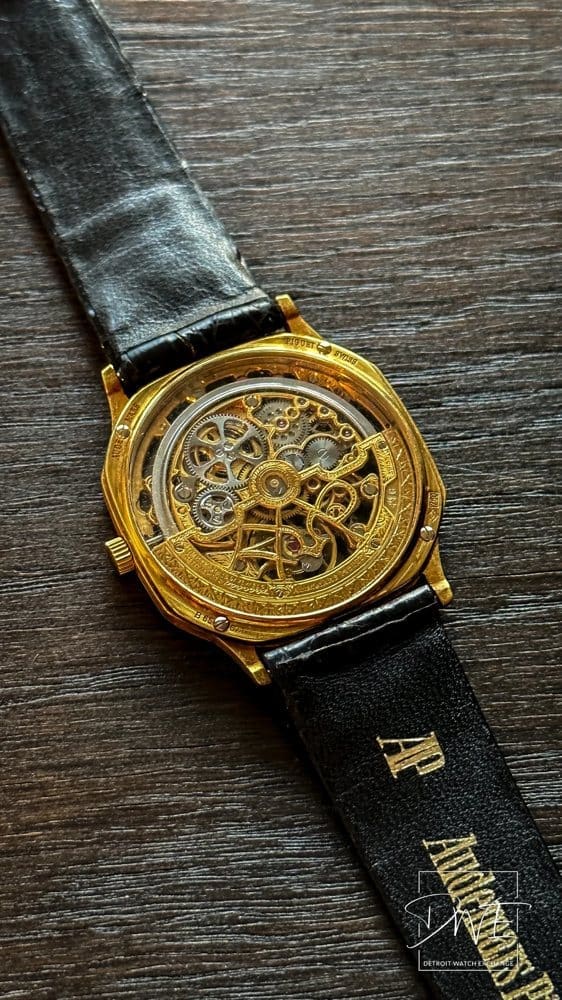
Skeletonisation to the highest degree
In the first few years of its history, the 2120 remained hidden away behind the solid casebacks of ultra-thin dress watches. But with the introduction of quartz watches in 1975, Audemars Piguet needed a way to stand out. They needed to draw people back to mechanical wristwatches. Flexing their finishing and engraving muscles was the answer.
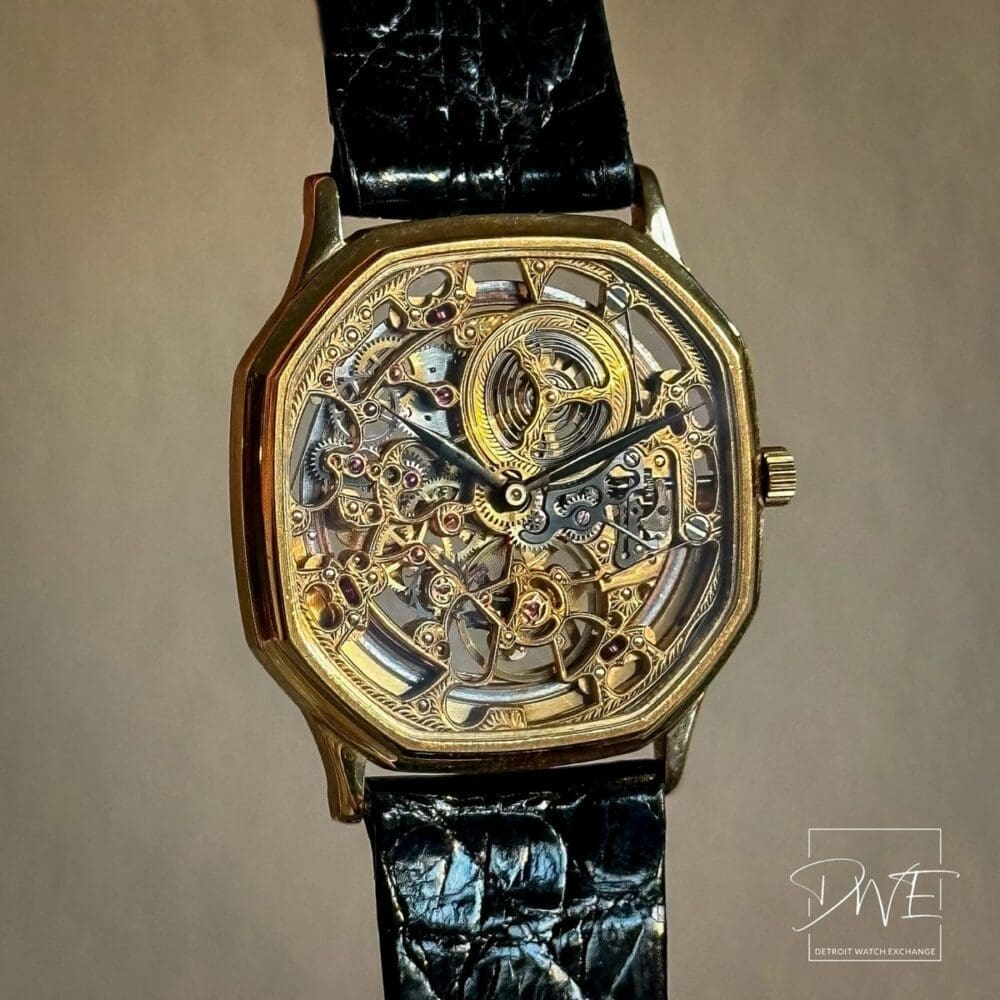
AP was the master of this open working in the ’30s and ’40s but by the ’50s it began to fall out of favour, being all but forgotten by the time 1975 rolled around. Naturally, AP chose this time to decide they needed it again and set up a separate workshop for openworking and had their veteran watchmakers teach the younger artisans. I personally imagine this to be a sort of Jedi/Padawan type situation with metal files instead of lightsabers, but, I digress.
The Audemars Piguet Skeleton BA4266P002 is the culmination of the efforts of these watch Jedis, coming together to reintroduce a lost art to the world and to demonstrate the true value of Haute Horlogerie over quartz.
By 1985, when this watch was produced, you can tell that they had hit their stride in terms of technical and aesthetic ability. From the skilful removal of material, to the incredible hand engraving, the BA4266P002 is a masterclass in openworking and ultra-thin design.
But why is THIS watch important?
You might look at the BA4266P002 and notice only the 18k gold octagonal case, the openworking or the flamboyant floral engraving. Don’t get me wrong, that is a lot to love.
I think its true value, however, lies in its importance to the broader horological landscape. The 2120 movement was an innovation that powered one of the most revered watches of the 20th century. The case glows with Gerald Genta magic. The 31mm proportions are classic perfection.
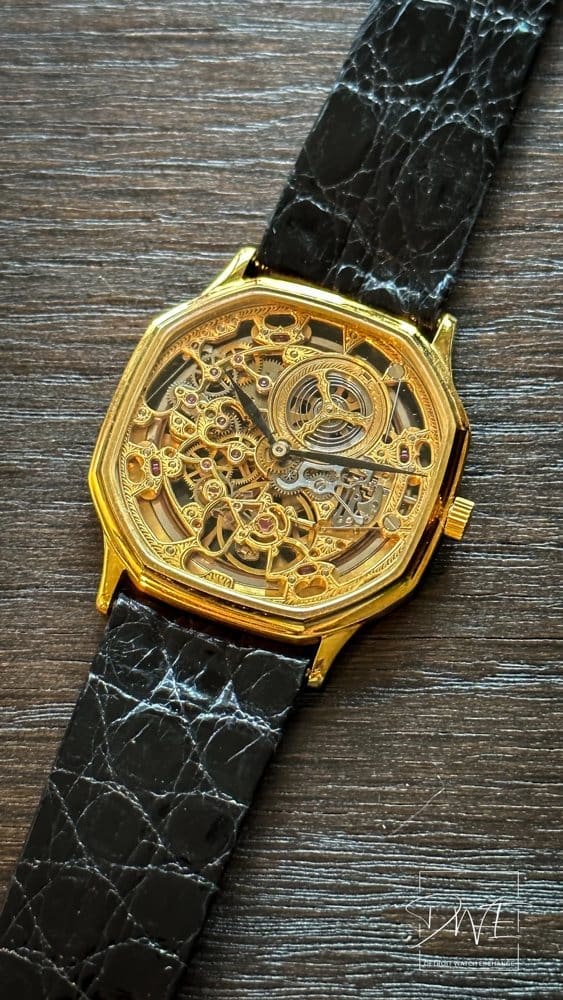
My high school history teacher ramblings may be a little too much for some. At the end of the day, no one actually needs these watches- our phones can tell us the time after all.
Watches aren’t just time keepers though. It’s about the stories they tell, the designs that draw us in, and the history that keeps us (or just me?) coming back for more. All of which makes the BA4266P002 with full box and papers for $25,000 USD, an intriguing prospect for any vintage watch fan. Royal Oak be dammed.
The BA4266P002 in Detail
Manufacturer: Audemars Piguet
Model Number: BA4266P002
Year: 1985
Condition: Excellent
Movement: Caliber 2120, Automatic, 36 jewels
Case Size: 31mm diameter, 37mm lug to lug, 18mm lug width
Case Material: 18k yellow gold
Crystal: Sapphire
Dial: Skeleton, gilt and hand engraved
Strap: Original branded alligator leather and 18k gold buckle, with additional unworn replacement strap
Included: Original box and papers, an Audemars Piguet suede protective travel roll, an additional AP leather strap, and its original purchase papers from Gübelin.
See the full listing for this watch at the link https://
www.detroitwatchexchange.com/watches/audemars-piguet
Made in Partnership with Detroit Watch Exchange. However, the opinions expressed in this article are our own in accordance with out Editorial Policy






